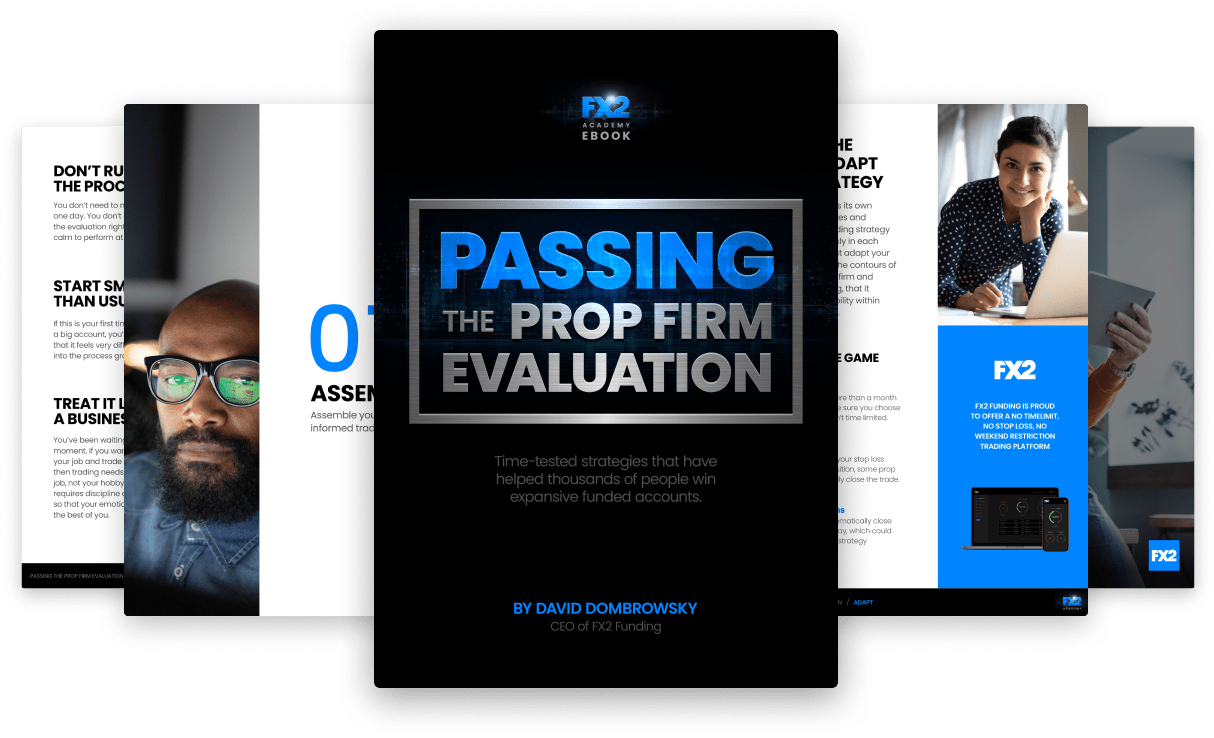The Forex Economic Calendar is a critical tool for traders aiming to leverage economic announcements to guide their trading strategies. This article breaks down how to read, interpret, and utilize the economic calendar to enhance trading success in the volatile forex market.
How to Read & Use the Economic Calendar
Understanding how to efficiently navigate and interpret the Forex Economic Calendar is crucial for any trader. Here’s a detailed guide on making the most out of this essential tool:
- Time Zone Adjustment: To accurately track and respond to economic announcements, ensure the calendar is set to your local time zone. This adjustment prevents any confusion about the timing of news releases and helps plan your trading day effectively.
- Impact Indicator: Economic calendars often use color coding or other symbols to denote the expected impact of an event on the market. High-impact events, which can result in significant market volatility, are typically highlighted in red or marked with an exclamation mark. Medium-impact events are colored orange, and low-impact events are marked in yellow. Understanding these indicators helps traders prioritize which events could likely affect their trading strategies.
- Event Details: For more in-depth analysis, clicking on an event usually opens up a window containing detailed information, including a brief description, historical data, and the forecasted outcome. Once the data is released, the actual result is also displayed, allowing traders to quickly compare the actual outcome against market expectations.
- Consensus Figures: These are the average predictions made by leading economists and market analysts regarding economic indicators. By comparing these figures with the actual data released, traders can gauge the market's likely reaction.
- Previous Figures: Historical data provides context for the current figures, helping traders understand whether a trend is improving, worsening, or stabilizing.
- Utilizing these features enables traders to anticipate market movements, prepare for potential volatility, and plan entry and exit points more strategically.
What Data is Included in the Economic Calendar?
The economic calendar is populated with a variety of data types that inform traders about upcoming financial events, economic indicators, and policy decisions:
- Interest Rate Decisions: These are critical for forex traders, especially decisions by major central banks such as the Federal Reserve (Fed), European Central Bank (ECB), or the Bank of England (BoE). Interest rates influence currency value and are closely watched for signs of changes in monetary policy.
- Employment Reports: Including the U.S. Non-Farm Payrolls (NFP), these reports provide insights into the health of an economy and often lead to significant volatility in the forex markets.
- Gross Domestic Product (GDP): As a primary indicator of economic health, GDP reports have a substantial impact on the market's perception of an economy's strength.
- Consumer Price Index (CPI): As a key measure of inflation, CPI data can influence central bank policy and impact forex pricing.
- Manufacturing Data: Including Purchasing Managers’ Index (PMI) reports, these indicators show the economic health in the manufacturing sector, often pre-empting larger economic shifts.
- Each piece of data can affect the forex market differently, influencing currency values based on traders' perceptions of an economy's performance.
Most Important Events on Economic Calendar
Certain events have profound effects on market dynamics and are especially significant for forex traders:
- Federal Open Market Committee (FOMC) Meetings: The Fed's decisions on interest rates can cause large swings in USD-valued currency pairs.
- European Central Bank (ECB) Announcements: Changes in monetary policy or significant economic outlook statements by the ECB can lead to notable EUR movements.
- Gross Domestic Product (GDP) Announcements: GDP reports from the U.S., China, and the Eurozone are particularly impactful due to their roles in the global economy.
- Non-Farm Payroll (NFP) Report: This crucial employment indicator for the U.S. can cause widespread volatility across USD pairs.
- Anticipating these events and understanding their potential impact can significantly enhance a trader’s ability to make informed decisions.
Frequently Asked Questions
Do all major economic indicators come out on a quarterly basis? Not all economic indicators are released quarterly. Some key indicators such as GDP, corporate earnings, and various inflation metrics like the Consumer Price Index (CPI) are typically reported quarterly. However, other important data such as employment statistics, retail sales, and purchasing managers’ indexes are often released monthly. It’s crucial for traders to check the economic calendar regularly for the specific release schedules of different indicators.
How quickly is the economic calendar updated after data releases? Yes, reputable economic calendars are updated in real-time as data becomes available. This allows traders to immediately see the impact of an economic event and adjust their strategies accordingly. Real-time updates are crucial during high-volatility periods, as they can significantly affect the forex market.
What are effective strategies for trading based on news releases? Successful news trading involves several key steps: staying informed about upcoming events, analyzing market expectations, setting up trades before the news release, and managing risk carefully due to potential volatility. Understanding the historical impact of news on markets and using that to predict future behavior can also be beneficial. For detailed strategies, visit How to Trade Forex on News.
Which economic factors are most influential on forex rates? Interest rates, inflation rates, political stability, and overall economic performance are primary factors that affect foreign currency exchange rates. Major economic reports, such as GDP growth, unemployment rates, and trade balances, also play significant roles. Traders should closely monitor these indicators as they can prompt significant forex market movements.
What are the best practices for utilizing an economic calendar in forex trading? To effectively use an economic calendar, traders should:
Prioritize events according to expected impact.
Adjust trading strategies around major announcements.
Monitor the market immediately before and after significant events for potential opportunities.
Use technical analysis to confirm trend directions suggested by fundamental events.
Can you provide tips for trading during major economic announcements? Trading during economic events requires understanding the nature of the event, anticipating potential market reactions, preparing for increased volatility, and having a risk management strategy in place. Traders should also consider historical data to gauge how similar events have influenced market trends. Effective strategies might involve setting tighter stop-loss orders, watching for breakout opportunities, or employing options strategies to limit downside risks while capitalizing on large moves.








